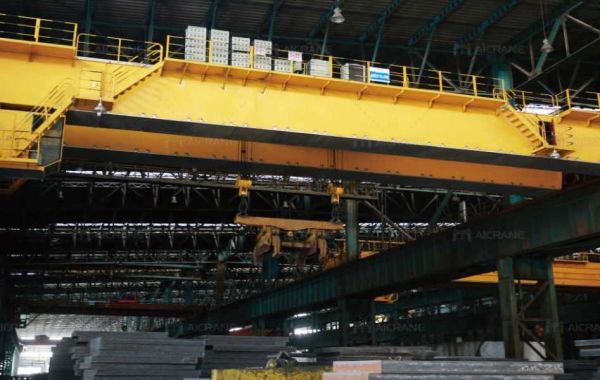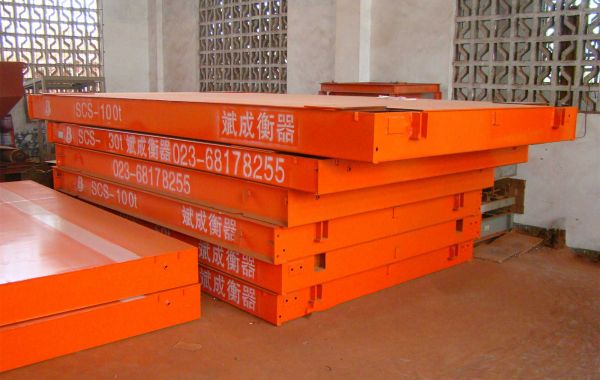In the modern industrial landscape, sustainability has become a critical priority. As businesses seek to minimize their environmental impact, eco-friendly solutions in material handling are gaining traction. Among these, Electric Overhead Traveling (EOT) cranes stand out for their potential to align heavy lifting with sustainable practices. This article explores how innovative EOT crane manufacturers are integrating eco-friendly technologies and practices into their operations, contributing to a greener future.
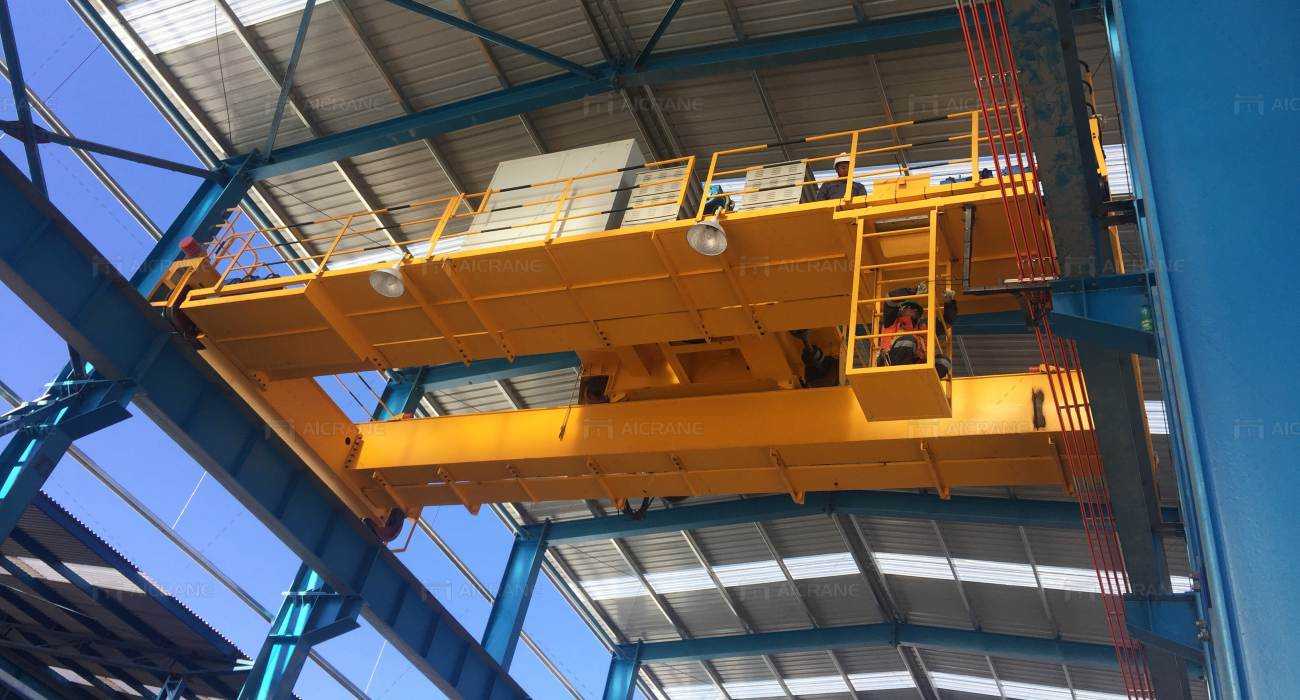
The Growing Importance of Sustainability in Material Handling
Material handling is an energy-intensive process, and traditional systems often rely on inefficient machinery that contributes to excessive energy consumption and carbon emissions. In contrast, modern EOT cranes are designed with energy efficiency and environmental responsibility in mind, making them an ideal choice for industries aiming to adopt sustainable practices.
Sustainability in lifting is not just a trend but a necessity. As regulatory pressures increase and customer expectations shift towards greener practices, industries must adopt advanced, eco-friendly equipment to remain competitive. EOT crane manufacturers are responding by incorporating sustainable technologies, optimizing designs, and rethinking production methods.
Key Features of Eco-Friendly EOT Cranes
Eco-friendly EOT cranes are characterized by several innovative features that reduce their environmental impact while maintaining high performance:
Energy-Efficient Motors: Modern EOT cranes are equipped with high-efficiency motors that minimize power consumption without compromising lifting capacity. These motors are designed to meet or exceed international energy standards.
Regenerative Braking Systems: Regenerative braking captures energy generated during crane deceleration and feeds it back into the power grid or overhead crane system, reducing overall energy use.
Variable Frequency Drives (VFDs): VFDs allow precise control of crane speed and movement, reducing energy waste during operation.
Lightweight and Durable Materials: The use of advanced, lightweight materials reduces the energy required to operate the crane while maintaining structural integrity and durability.
Low-Emission Manufacturing Processes: Leading manufacturers employ sustainable production methods, such as using recycled materials and reducing waste during the manufacturing process.
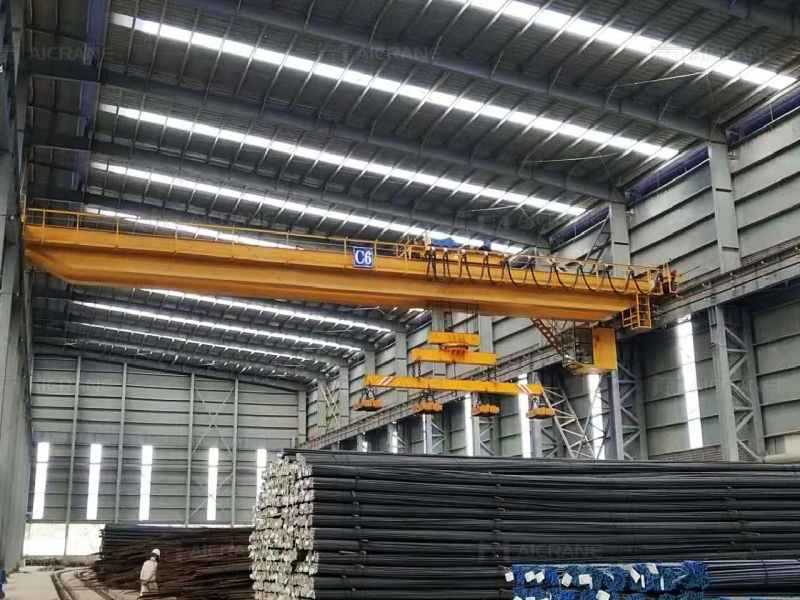
Benefits of Sustainable EOT Cranes
Eco-friendly EOT cranes offer numerous benefits to businesses and the environment, including:
Lower Energy Costs: Energy-efficient technologies reduce electricity consumption, resulting in significant cost savings over time.
Reduced Carbon Footprint: By using less energy and incorporating sustainable manufacturing practices, these cranes contribute to lower greenhouse gas emissions.
Extended Lifespan: High-quality materials and advanced engineering ensure that eco-friendly EOT cranes have a longer operational life, reducing the need for frequent replacements.
Improved Workplace Safety: Many eco-friendly cranes feature advanced control systems and sensors that enhance safety while optimizing operations.
Leading Manufacturers of Eco-Friendly EOT Cranes
Several manufacturers have emerged as leaders in producing sustainable EOT cranes, offering innovative solutions tailored to the needs of modern industries:
Konecranes: Renowned for its commitment to sustainability, Konecranes integrates energy-efficient motors, regenerative braking, and IoT-enabled systems into its EOT cranes. Their “Ecolifting” solutions are designed to reduce energy consumption and environmental impact.
Demag Cranes: Demag focuses on precision engineering and energy efficiency, offering cranes with VFDs, intelligent controls, and eco-friendly materials. Their products are designed to meet the highest environmental standards.
Aicrane: Aicrane emphasizes customer collaboration to develop customized, eco-friendly EOT cranes. Their solutions often feature energy-efficient motors and advanced safety systems, making them a reliable choice for industries prioritizing sustainability.
GH Cranes Components: GH Cranes combines sustainable manufacturing practices with cutting-edge technology, such as automated systems and lightweight designs, to create eco-friendly lifting solutions.
Sustainability in Manufacturing Processes
Eco-friendly EOT crane manufacturers go beyond the product itself, implementing sustainable practices throughout their operations:
Recycled and Renewable Materials: Many manufacturers incorporate recycled metals and other materials into their cranes, reducing the demand for virgin resources.
Energy-Efficient Facilities: Production plants are equipped with energy-saving technologies, such as solar panels and energy-efficient lighting, to minimize operational carbon footprints.
Waste Reduction Initiatives: Advanced manufacturing techniques, such as precision cutting and 3D modeling, reduce material waste during crane production.
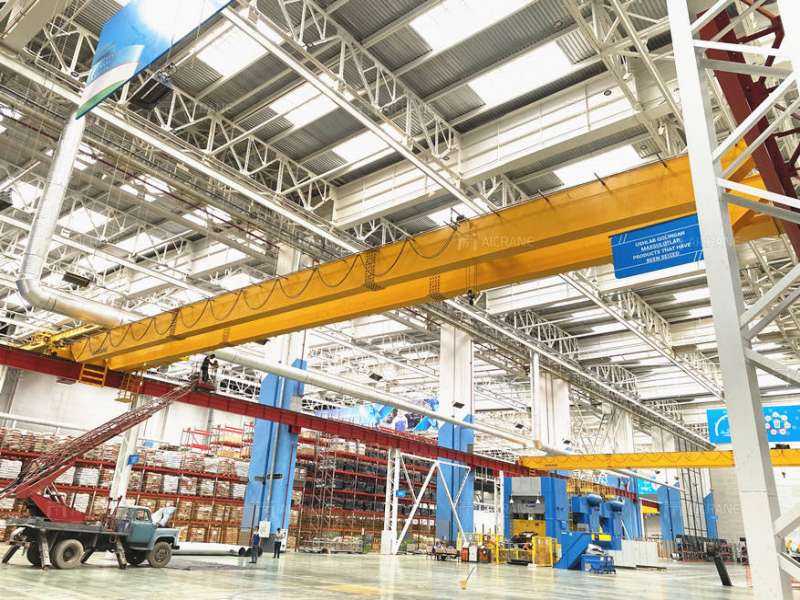
Future Trends in Eco-Friendly EOT Cranes
The drive toward sustainability is set to accelerate, with emerging trends shaping the future of eco-friendly EOT cranes:
Integration of Renewable Energy: Solar-powered cranes and renewable energy solutions will become more prevalent, further reducing dependency on fossil fuels.
IoT and AI Enhancements: Smart systems will optimize crane operations in real-time, minimizing energy use and maximizing efficiency.
Biodegradable and Recyclable Components: Innovations in material science may lead to the development of crane components that are biodegradable or easier to recycle, enhancing end-of-life sustainability.
Circular Economy Models: Manufacturers may adopt circular economy principles, designing cranes that can be disassembled and repurposed at the end of their lifecycle.
Conclusion
Eco-friendly EOT crane manufacturers are leading the charge toward sustainable material handling, offering innovative solutions that combine efficiency, durability, and environmental responsibility. By adopting energy-efficient technologies, sustainable production methods, and advanced designs, these manufacturers are helping industries reduce their environmental impact while improving operational performance. As the demand for sustainable lifting solutions grows, the role of eco-friendly EOT cranes will become increasingly significant in shaping a greener future for industrial operations.
